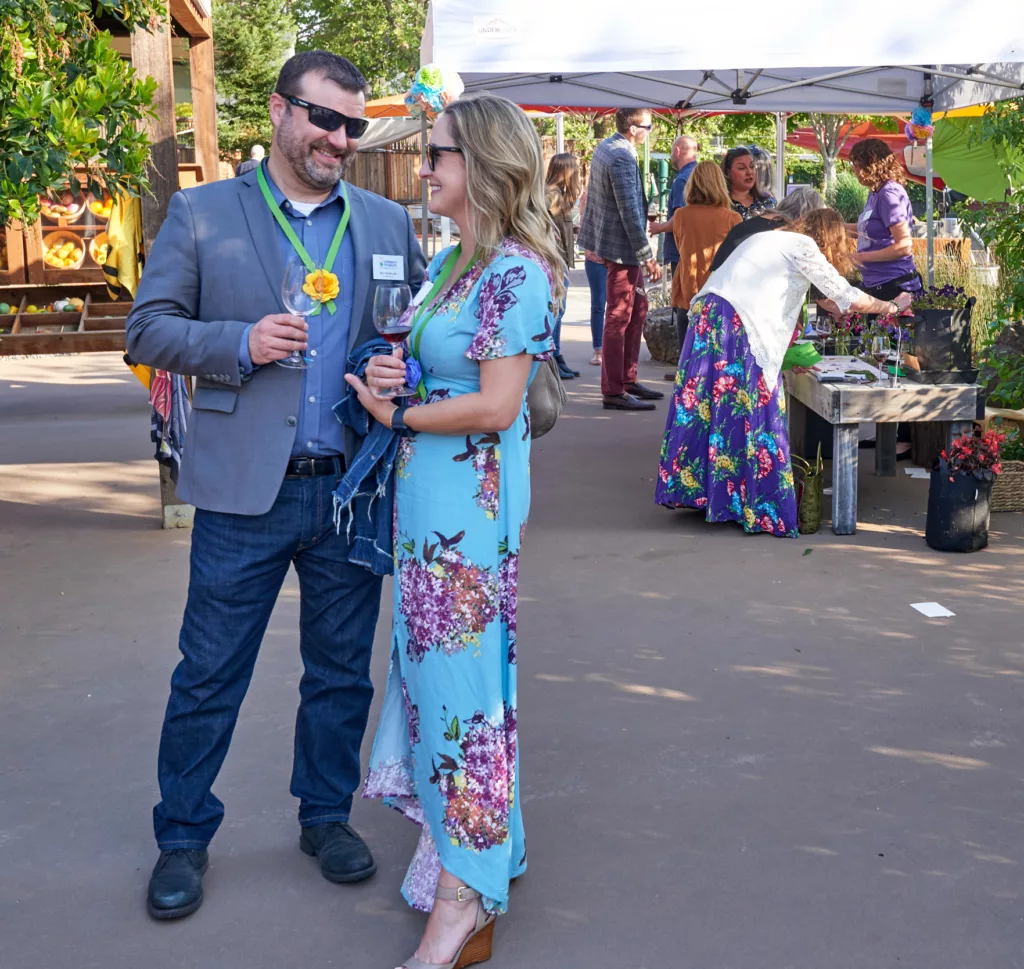Explore the Science of Electricity and Create Fun Light Accessories With Our Electric Bling Kit & Caboodles Activity for Kids!
**Kit & Caboodle Kits Sold Out!**
Have fun with some electric science with our Electric Bling Kit & Caboodle Activity, and accessorize with light. Learn how to complete a circuit and then add some imaginative fun to your bling!
Disclaimer: Adult supervisions is required for this activity. Button batteries, coin-shaped batteries, and any other battery can do serious internal damage if accidentally swallowed. Always keep any extra batteries secure and out of children’s reach at all times.
Electric Bling Vocabulary
Energy: The ability to do work. Energy comes in different forms and helps us in different ways. Some forms of energy are electrical, light, heat, chemical, potential, and motion.
Electricity: A type of energy that can build up in one place or flow from one place to another.
Electric Current: Electrical energy that flows through a conductive wire or other conductive material.
Electric Circuit: A complete path, or loop, that can carry electricity to make something work (light, motor, etc.)
Light Emitting Diode (LED): A light source that emits light when current flows through it.
Battery: A device that converts chemical energy to electrical energy and stores it so we can use it when we need it.
Conductor: A material that electricity can flow through.
Insulator: A material that electricity cannot flow through.
Short Circuit: A break in a circuit that sends the electric current on an unintended path causing the flow of energy to stop.
Electric Bling Supplies
- Coin battery (adult supervision required)
- Two (2) LED bulbs
- Binder clip
- Foam pieces
- Chenille stems
- Markers
- Glue stick
- Blue Design Card
- Pencil
- Miscellaneous craft supplies
Optional:
- Use craft materials YOU have!
Instructions on How to Make a Circuit:
- Place the coin battery between the prongs of the LED bulb. Did it light up? If it didn’t, try flipping the LED so the prongs touch the opposite sides of the battery this time.
- Fold the small foam rectangle around the battery and bulb prongs. This serves as an insulator so the metal on the binder clip (see step 3) does not cause a short circuit.
- Hold the battery, LED prongs, and foam together with a binder clip.
Other Ideas and Inquiries
- Did you notice that the prongs of the LED are different lengths? How does that matter?
- Try clipping the battery and bulb together without the foam rectangle. Does it still work?
- A circuit is a complete path around which electricity can flow. It must include a source of electricity, such as a battery.
- Materials that allow electricity to pass through them easily, called conductors, can be used to link the positive and negative ends of a battery, creating a circuit. The prongs on the LED bulbs are conductors.
Music : Roa – Sparkler
Watch : https://www.youtube.com/watch?v=-kPC5Ip0nWc
Stream / Download : https://hypeddit.com/track/ylt7d9
License : https://roamusic.wixsite.com/roamusic






